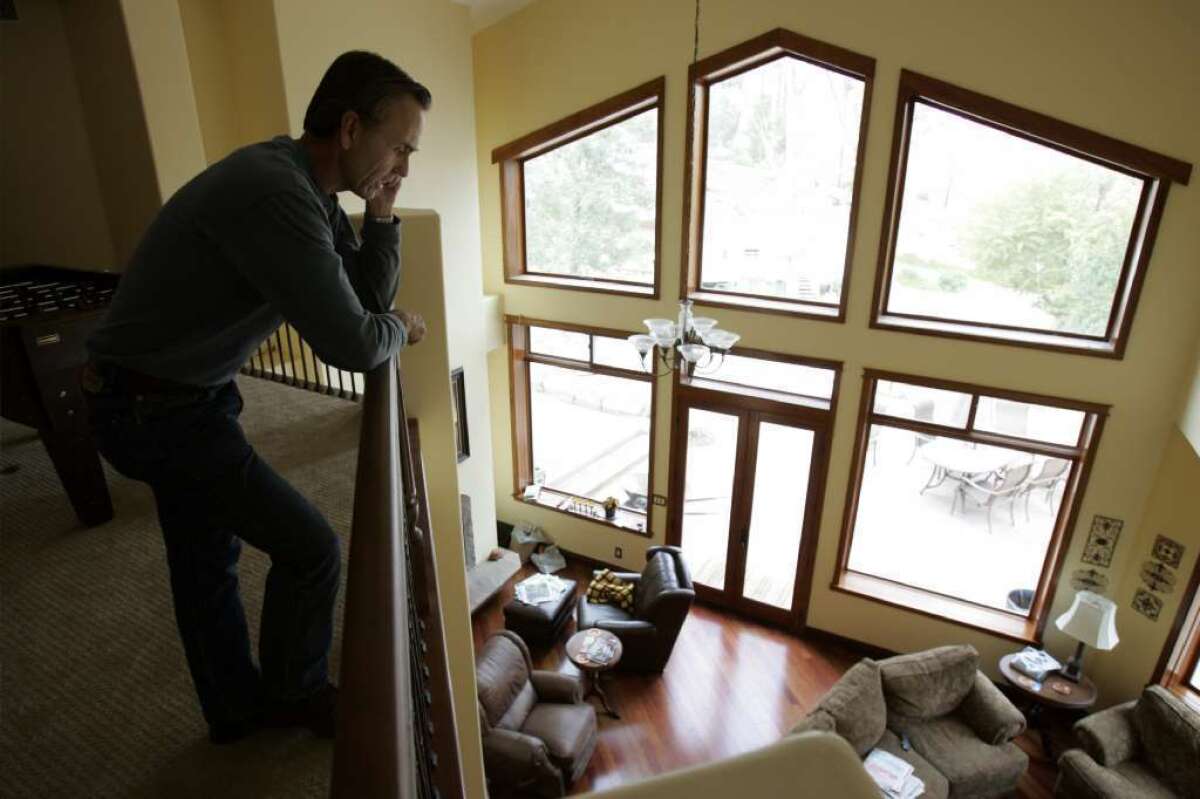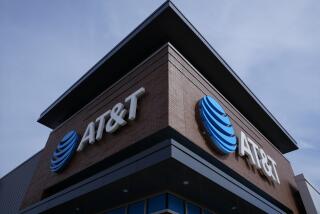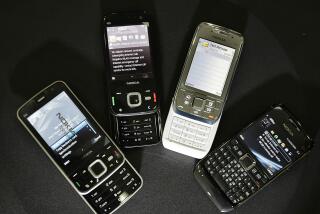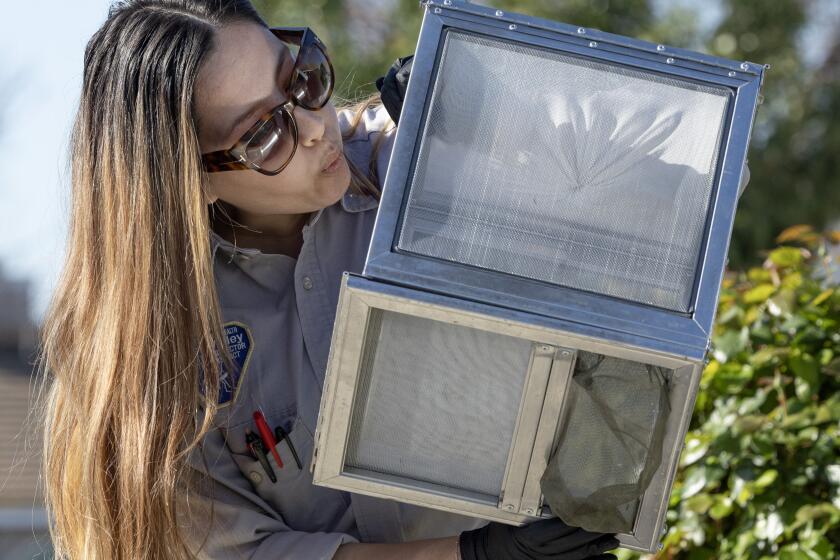Still have a land line? 128 million don’t. Here’s who’s going wireless

The number of Americans living in households without traditional land-line telephones continues to grow, according to new data from the Centers for Disease Control and Prevention.
In the second half of 2013, 41% of U.S. households relied solely on a wireless phone, researchers from the CDC’s National Center for Health Statistics reported Tuesday. That’s up from 38.2% in the second half of 2012, 34% in the second half of 2011 and 29.7% in the second half of 2010.
These wireless-only households included 93 million adults and nearly 35 million children, according to the study. That works out to 39.1% of American adults and 47.1% of American kids as of the second half of 2013.
Millions more Americans may be set to join them. The CDC report classified another 16.1% of U.S. households as being “wireless-mostly.” That means that although they have a land line, “all or almost all” of their calls are received on a wireless phone.
The researchers identified five groups of Americans in which the majority had dropped their land lines. Topping that list were adults who lived with unrelated adult roommates — 76.1% of them relied solely on a wireless phone. Next up were adults between 25 and 29, a group in which 65.7% were wireless-only. They were followed closely by adults who live in rental homes — 61.7% had only a wireless phone, according to the report.
Among adults living in poverty, 56.2% had a wireless phone but no land line, the researchers found. That compares with 46.1% of adults who were “near poverty” and 36.6% of adults who had a “higher income.”
Finally, 53.1% of Latino adults were wireless-only, the only racial or ethnic group to cross the 50% threshold. In comparison, 42.7% of blacks, 38.1% of Asians and 35.1% of whites had also ditched their land lines, according to the report.
Midwesterners were more likely than Americans from any other part of the country to be classified as wireless-only, with 43.7% earning that designation. Americans in the South and West were close behind, with 41.9% and 41.2%, respectively, relying solely on their wireless phones. By comparison, only 24.9% of Northeasterners had cut the cord to their land line, the researchers reported.
Men held the edge over women when it came to living in wireless households, by a slim margin of 40.4% to 37.9%.
The data in the report were collected as part of a large ongoing study called the National Health Interview Survey. In 2003 interviewers began asking subjects whether they had a wireless phone in addition to — or instead of — a land line.
It turns out that there are some noticeable health differences between Americans who are wireless-only and those who are not. Wireless-only adults were more likely to be smokers and drinkers than adults with a land line, the researchers found. For example, 29% of wireless-only adults told interviewers that they had consumed at least five alcoholic drinks in a single day at least once in the previous year, compared with 17.2% of adults with a land line.
Adults in wireless-only households were also more likely to go without health insurance in the second half of 2013 (25.2%) than their tethered counterparts (14.7%). They also had greater odds of experiencing “financial barriers to obtaining needed healthcare” and to be lacking “a usual place to go for medical care.”
Follow me on Twitter @LATkarenkaplan for more news about health and medical research.







